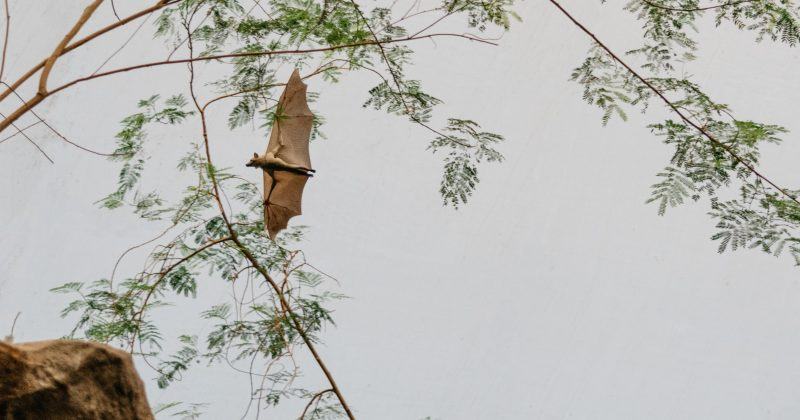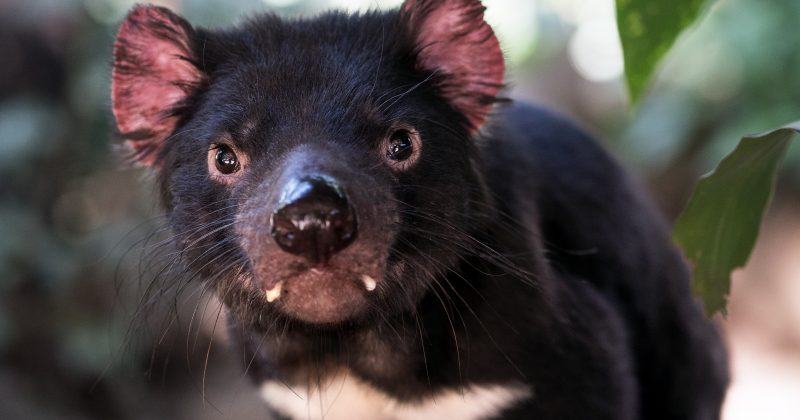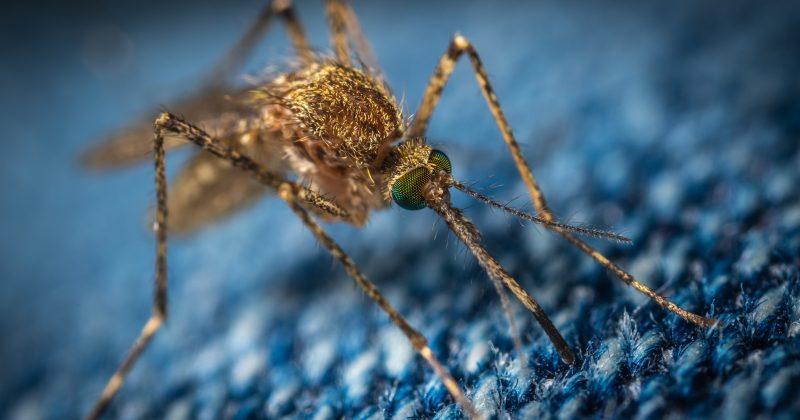
One step closer to improved health and productivity of livestock
Scientists have discovered new research which may help aid breeding programmes and increase the health and productivity of livestock.
In a study carried out by the Roslin Institute at the University of Edinburgh, they analysed the RNA produced in each tissue of the sheep’s body. RNA is genetic material responsible for transferring the genetic code into proteins which make up the cells in our body.
Sheep have more than 20 000 genes, however not all are expressed at the same time in each tissue. By mapping which genes are turned on and off in different organs of the sheep’s body and analysing the RNA produced in each organ, this study has shed light upon the complex biological structure of the mammal.
The results of this project are a major contribution to the Functional Annotation of Animal Genomes (FAANG) initiative which carries out research on domesticated animals and aims to improve livestock, contribute to medical research and maintain the health and...




